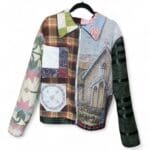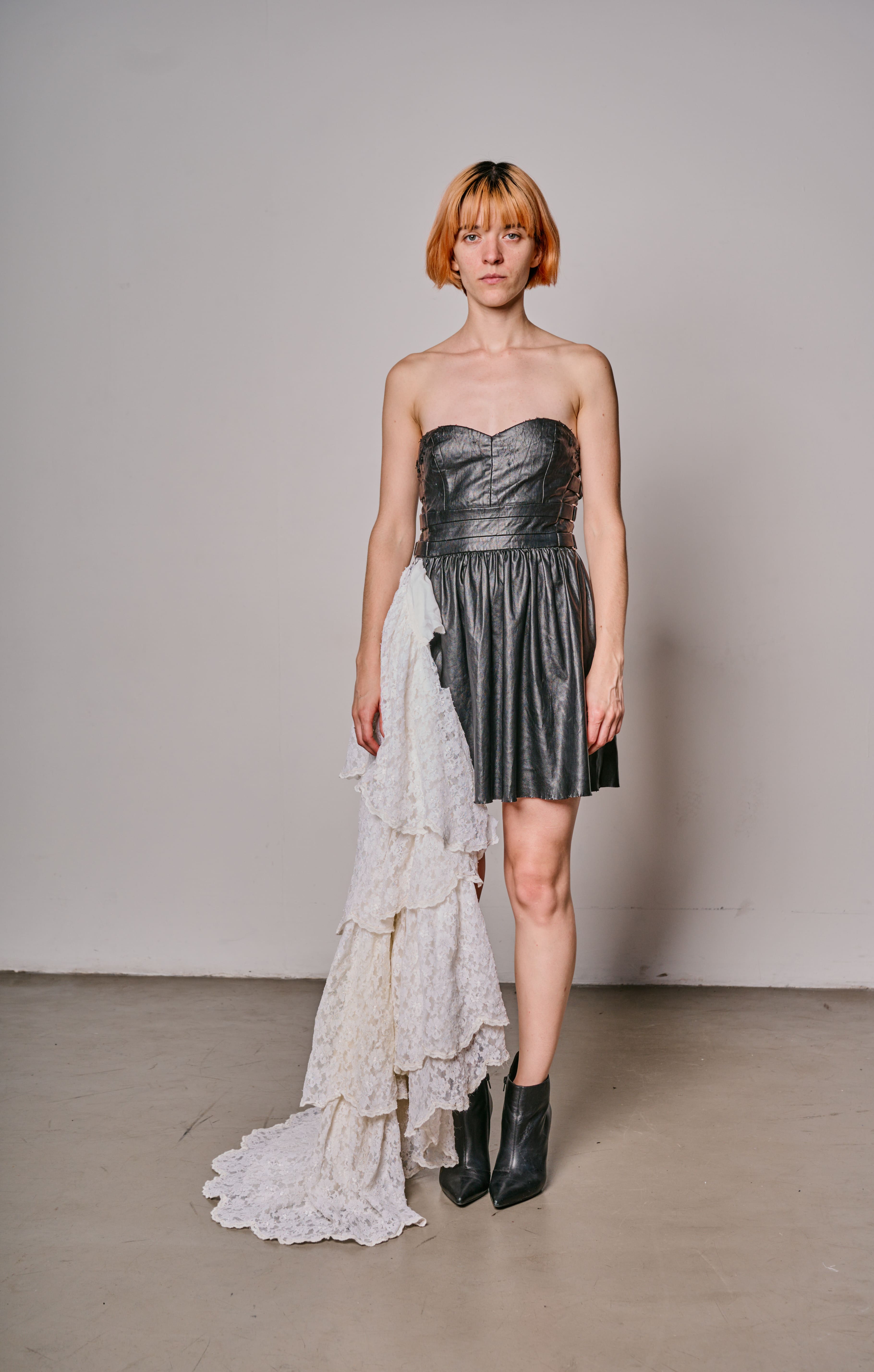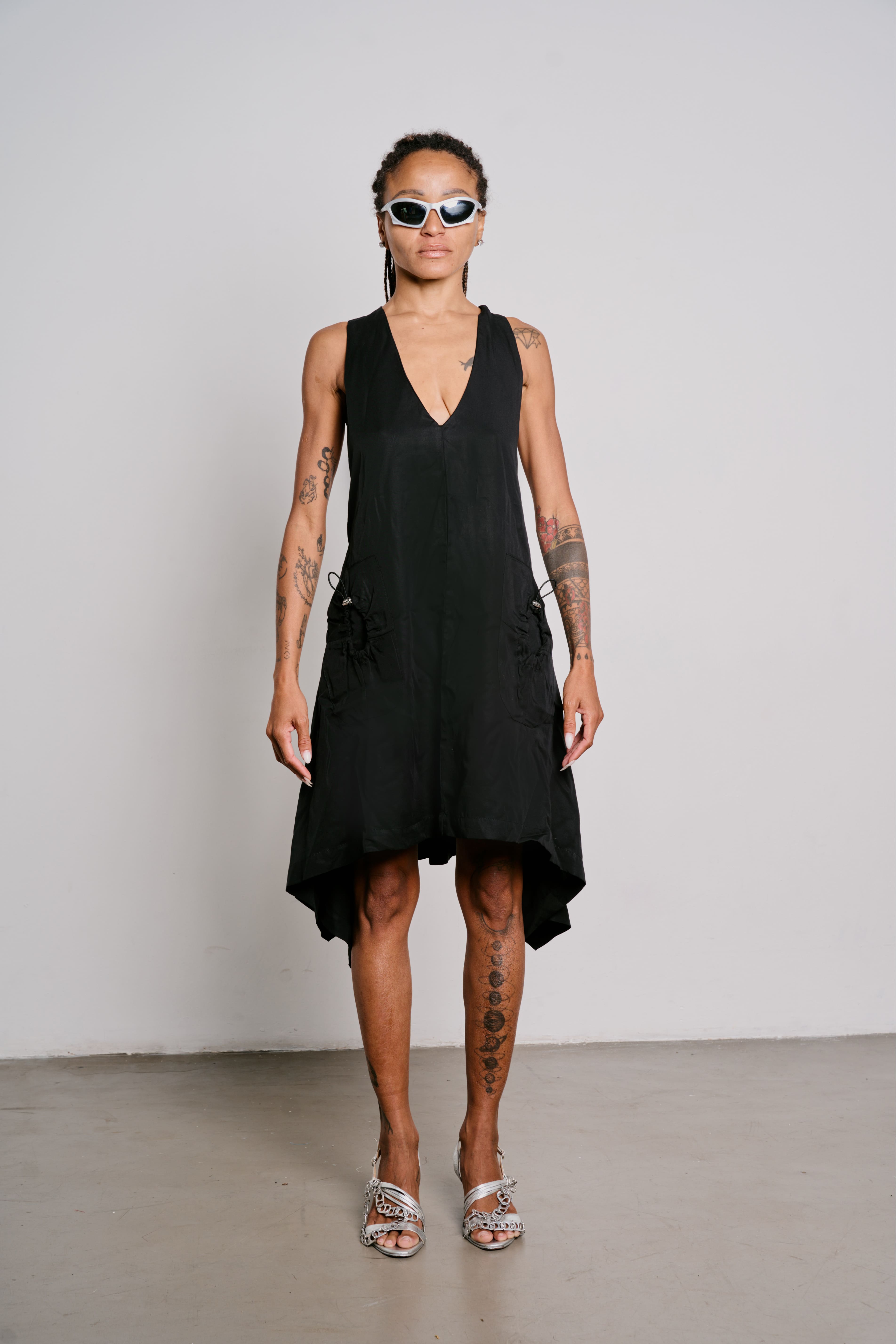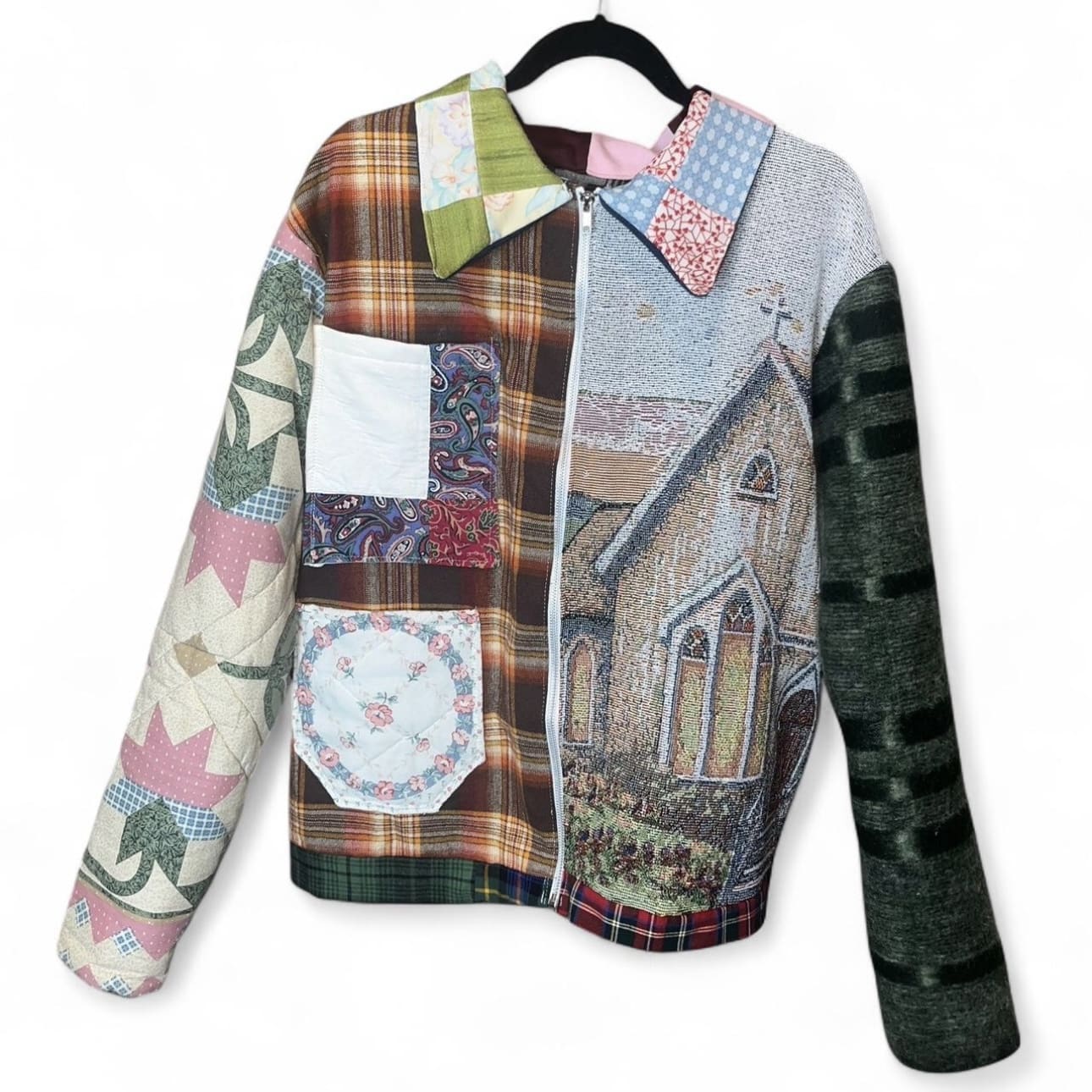As sustainability gains momentum in the fashion world, the hunt for eco-friendly materials has led many to rediscover linen clothing. Derived from the hardy flax plant, linen is hailed for its minimal environmental impact and long-lasting qualities. This article explores why linen is seen as a sustainable choice and how it aligns with the values of eco-conscious consumers. From its origins to its environmental impact, let’s explore the journey of linen as an environmentally responsible fabric.
Understanding Linen Clothing: A Natural Textile with a Rich History
Linen fabric, made from flax fibers, has been used for thousands of years. Ancient civilizations, such as Egypt and Mesopotamia, valued linen for its comfort and durability.
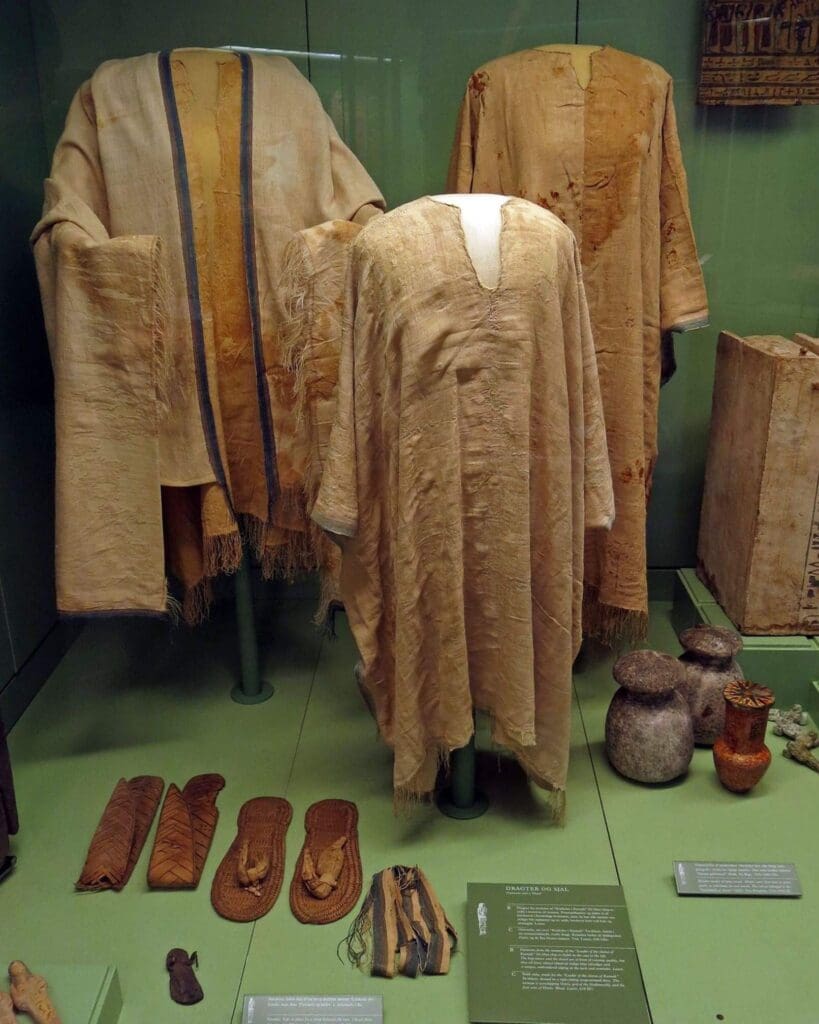
Unlike synthetic fabrics, which rely on petroleum and non-renewable resources, linen comes from a renewable source that requires fewer inputs to grow. Flax’s low maintenance and durability have helped linen maintain its appeal over centuries, making it a natural fit for sustainability-focused fashion and textile choices.
What Makes Linen Clothing an Eco-Friendly Choice?
There are several factors that make linen one of the most sustainable and lovable fabrics available, including its natural origins, its breathability and its durability.
1. Natural Origins with Minimal Impact
The eco-friendly journey of linen clothing starts with the flax plant. Known for its resilience, flax requires little water and minimal pesticide use, unlike more resource-intensive crops like cotton. This natural robustness reduces the strain on land and water, making it a sustainable crop that thrives even in less fertile soil.
2. Breathability and Comfort
Linen’s breathability adds to its appeal, particularly for warm climates. The fabric wicks moisture away from the skin, enhancing comfort and reducing the need for excessive laundering. Its cooling nature means that linen can be worn more comfortably in high temperatures, reducing the demand for energy-intensive air conditioning.
3. Durability and Longevity
Linen’s standout quality is its durability. The fabric softens and improves with each wash, outlasting many other textiles in terms of wear. This resilience means linen garments do not need to be replaced as frequently, reducing waste over time and aligning with the principles of a circular economy where longevity is key.
Linen Clothing Production and Environmental Impact
The production of linen clothing and fabric involves a few basic steps, including retting, scutching, and spinning flax fibers. These processes are generally less energy-intensive than those for synthetic fibers, making linen a more sustainable textile from the outset.
Low-Input Flax Cultivation
Flax’s low maintenance also extends to its cultivation. Flax requires fewer pesticides, limiting harmful runoff that could damage ecosystems. Its minimal water requirements make it an environmentally conscious choice, especially in regions facing water scarcity. By choosing linen over more water-intensive textiles, consumers can help conserve this precious resource.
Biodegradability and Minimal Waste
Linen’s biodegradability further enhances its environmental credentials. Unlike synthetic fabrics that can take decades to decompose, linen breaks down naturally, reducing landfill waste. When a linen garment reaches the end of its life, it can return to the Earth without leaving lasting ecological damage.
Linen Clothing vs. Cotton: Why Linen is the Superior Sustainable Choice
While cotton is often seen as a natural and breathable material, linen outshines it in several areas. Linen is up to 30% stronger than cotton, making it a more durable choice for clothing and home textiles.

Additionally, flax farming requires significantly less water and fewer chemical inputs than cotton, resulting in a lower environmental footprint. Linen’s superior longevity and minimal environmental impact make it a stylish and responsible alternative to cotton.
Social and Economic Benefits of Linen Production
Linen production often supports fair labor practices and bolsters local economies. Ethical linen manufacturers focus on creating a positive working environment with fair wages and respect for workers’ rights. The flax industry also benefits local communities by providing economic opportunities, promoting self-sufficiency, and fostering a culture of sustainability.
The Eco-Friendly Future of Linen
From flax cultivation to fabric production, linen offers a low-carbon, low-impact alternative to more resource-intensive fabrics. Linen clothing also aligns well with the trend toward responsible consumerism: its biodegradability and durability make it a sustainable choice for consumers who want to reduce their carbon footprint.
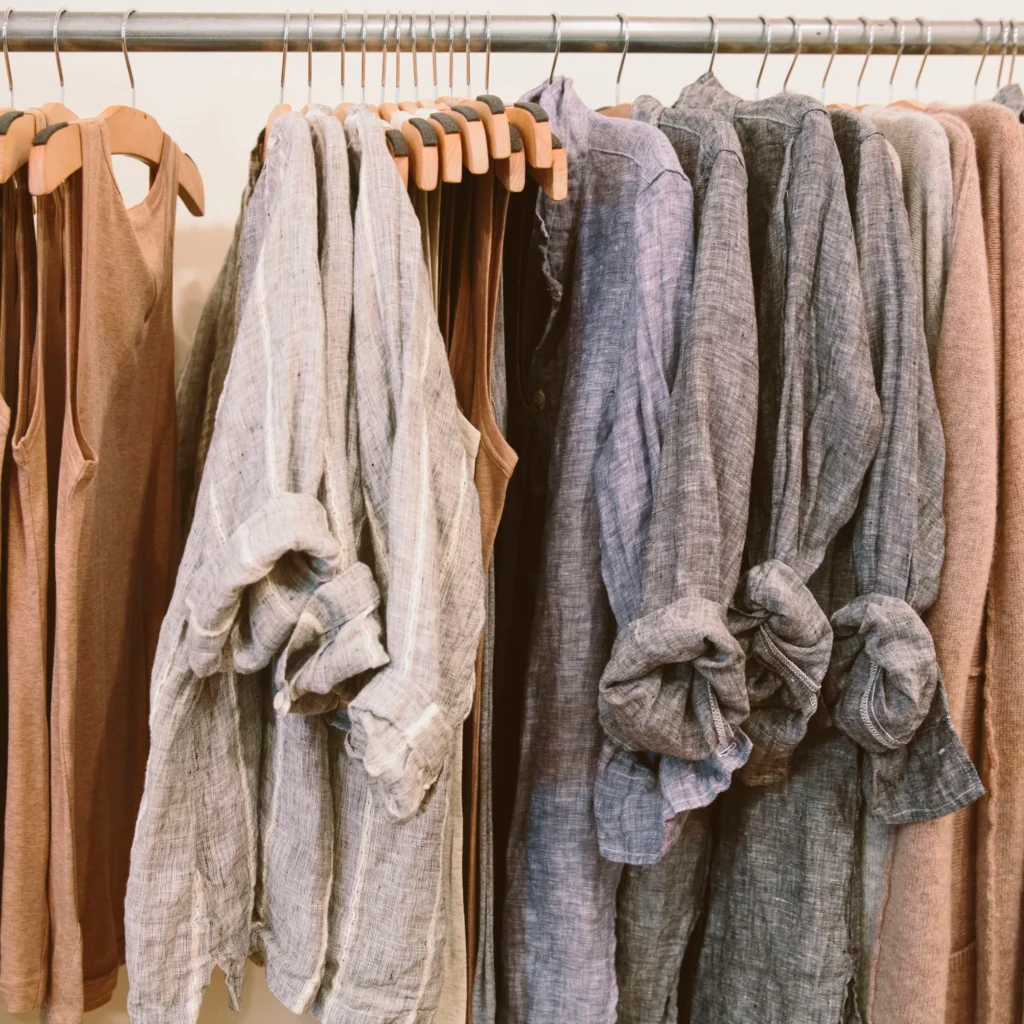
For those seeking high-quality, eco-friendly textiles, OEKO-Tex certified linen is a valuable option, as it guarantees the absence of harmful substances and ethical production standards. Such certifications give consumers confidence that their linen choices meet stringent environmental and social responsibility criteria.
Three Fabrics to Avoid for a Sustainable Wardrobe
While sustainable fabrics like linen are gaining traction, some commonly used textiles are far less eco-friendly. Choosing fabrics with high environmental and ethical costs can contribute to pollution, resource depletion, and unfair labor practices. Here are three of the most unsustainable fabrics to consider avoiding:
1. Polyester
Polyester, a synthetic fabric derived from petroleum, is one of the most widely used textiles in fashion. However, its environmental impact is significant.
- Resource-Intensive Production: Polyester production relies heavily on fossil fuels, which depletes non-renewable resources and generates high greenhouse gas emissions.
- Non-Biodegradable: Polyester can take hundreds of years to break down in landfills. Each time it is washed, it sheds microplastics, which enter waterways, harm marine life, and pollute ecosystems.
- Energy-Intensive Manufacturing: Producing polyester requires large amounts of energy, making it one of the most carbon-intensive textiles on the market.
2. Nylon
Nylon, another petroleum-based synthetic fabric, has a substantial environmental impact and is challenging to recycle.
- Greenhouse Gas Emissions: Nylon production releases nitrous oxide, a greenhouse gas with a global warming potential 300 times that of carbon dioxide.
- High Water and Energy Usage: The manufacturing process for nylon requires large amounts of water and energy, placing a heavy demand on natural resources.
- Microplastic Pollution: Like polyester, nylon sheds microplastics during washing, which can enter the food chain and disrupt marine ecosystems. Its slow degradation rate means it lingers in the environment, contributing to long-term pollution.
3. Conventional Cotton
Cotton may seem natural, but conventional (non-organic) cotton production has a heavy environmental impact.
- Water-Intensive: Cotton is one of the most water-intensive crops, and conventional cotton farming often contributes to water shortages in regions where water is scarce. The production of a single cotton T-shirt can require over 2,700 liters of water.
- High Pesticide Use: Conventional cotton farming relies on pesticides and insecticides, which can harm soil health, contaminate water sources, and affect the health of agricultural workers. Cotton accounts for a large percentage of global pesticide use, leading to environmental damage.
- Soil Degradation: Continuous cotton farming depletes soil nutrients, leading to degraded land that is less capable of supporting future crops.
Linen as a Key Player in Sustainable Fashion
Linen’s remarkable qualities—minimal water use, durability, and biodegradability—make it a leading choice for those seeking sustainable fabrics. From timeless fashion to eco-conscious home decor, linen provides a responsible way to enjoy style without compromising the planet. Embracing linen aligns with the values of a sustainable future, where elegance and environmental responsibility go hand in hand.
If you’re looking to shop sustainably, one of the best ways to do is by purchasing upcycled clothing. And Custom WearHouse is the internet’s largest upcycle clothing marketplace! Check it out!






